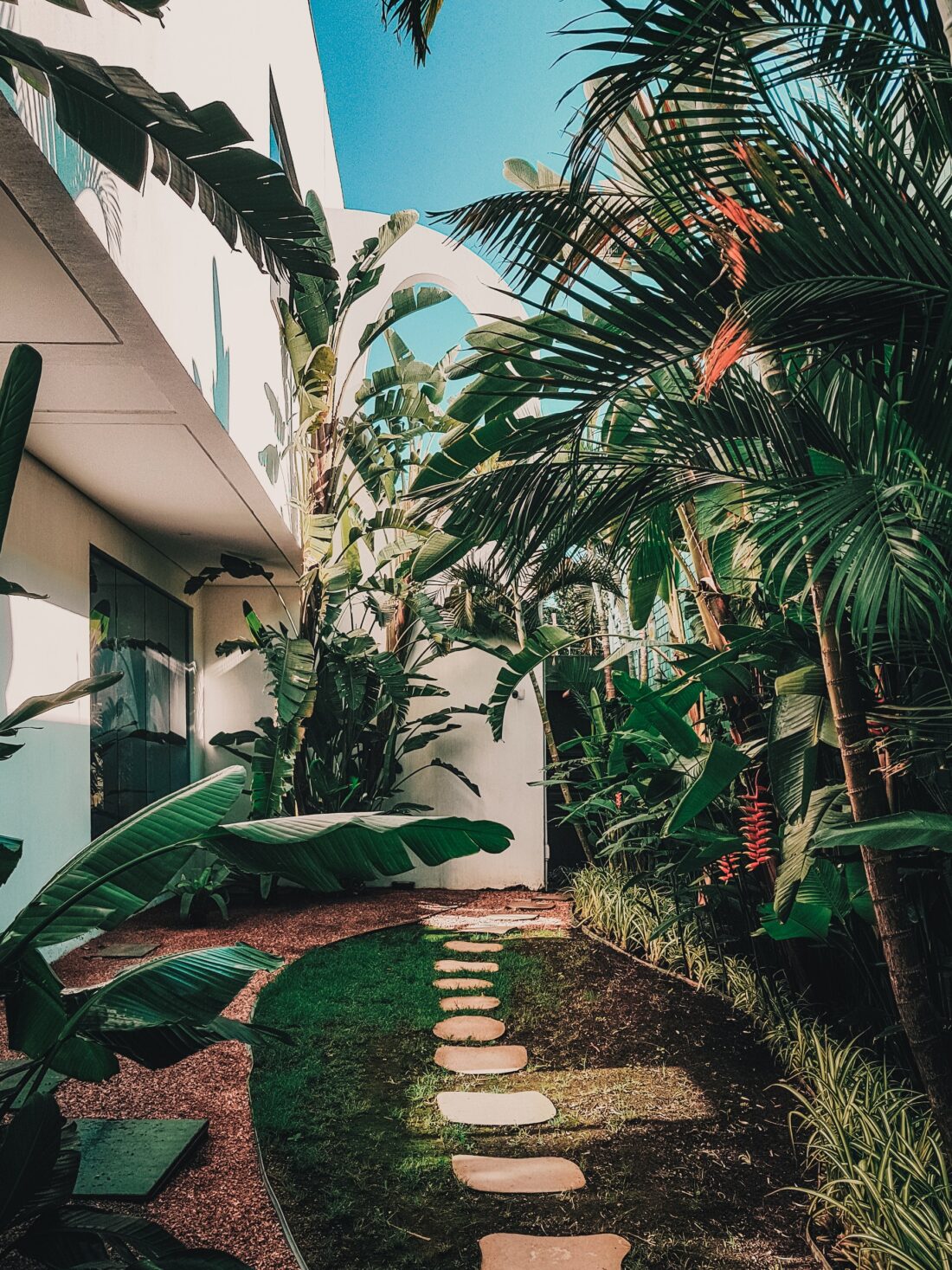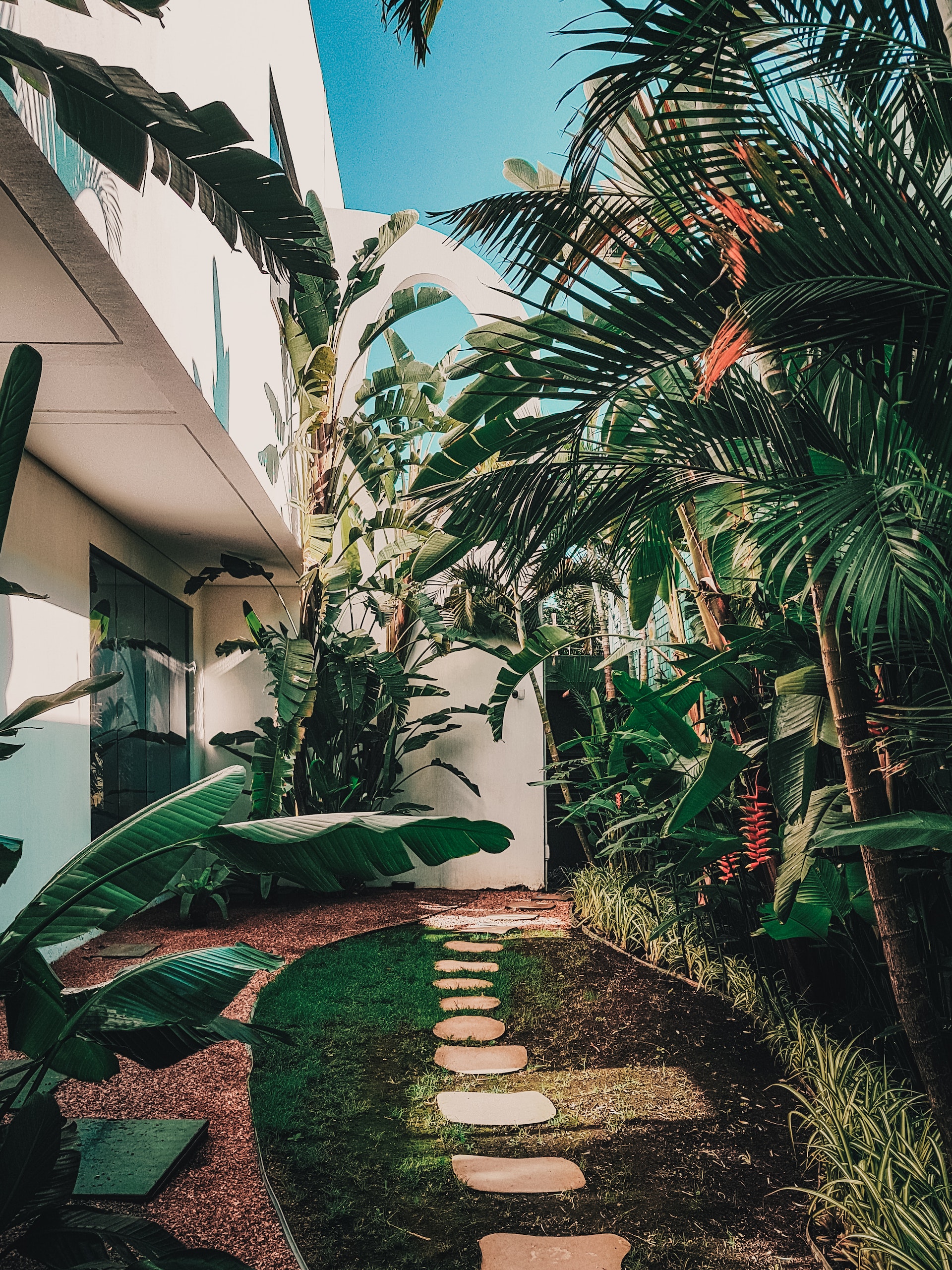
A landscaping design is a unique way to decorate your garden. It requires knowledge of your plants and how to put them together with a bit of imagination. Creating the perfect design will give your garden a look that will impress all your guests.
Curved lines
When planning your garden design, you’ll want to think about lines. Lines can make your garden appear more formal, informal, or a combination. There are four main types of lines that you can use in your landscape. These are straight, curved, horizontal, and vertical.
Straight lines are used to convey formality. You can also use curved lines to create a casual or natural garden. However, these styles are more for people who don’t plan on stopping or meandering through the space.
Curved lines are a great way to soften the edges of a garden. They can also give the impression of more space. Using curved lines also gives a sense of mystery. This makes it an exciting place to spend time.
Straight lines, however, direct your eye to a specific point. While a straight line may be more forceful, it can be boring if you don’t have plants to fill it.
Focal points
Having focal points in your landscape design can be a great way to attract attention and add character to your property. Focal points can be anything from a large sculpture to a garden arbor.
When choosing a focal point, keep in mind the overall design scheme of the home and yard. A focal point can add a unique touch to any landscape and camouflage any eyesores. However, it is essential to remember not to overdo it.
One of the best ways to accomplish this is to use a focal point in the right place. But, unfortunately, using a focal point in the wrong place can have the opposite effect.
Choosing a focal point can be a daunting task. The key is to choose one that accentuates the main attributes of the home and yard.
One of the best places to put a focal point is at the intersection of two planting areas. This will draw the eye and lead it on a circular route around the property. Likewise, using a focal point at a juncture can help to direct traffic.
Layering
Layering in a landscape design is crucial to creating a successful garden. It allows gardeners to create a uniform look exterior plantscaping design San Jose CA.
The best way to go about layering is to take the time to plan your landscape. Then, by sticking to your plan, you can create a picture-perfect landscape with layered plants and hardscaping that will enhance the value of your home.
One of the most critical aspects of layering is scale. Therefore, itoosiessentialght plants for the size of your yard are essential. This will not only provide an attractive, balanced landscape but also allow you to utilize the natural features of your property.
The most common technique in a layered landscape combines plants of different shapes, sizes, and textures. A good example is using a variety of small shrubs in a middle layer.
Another technique is to use color to create a dynamic effect. Using contrasting colors is an effective way to accomplish this.
Creating a unified look
If you want to create a unified look in your home’s landscape, there are a few different things that you will need to know about. First, you must determine your style and choose elements that best suit you. Next, you will need to consider how you enjoy landscaping your yard and seeing other people’s landscapes in your community. Finally, you can begin experimenting once you have a solid idea of your style.
A design theme is one of the easiest ways to create unity in your home’s landscape. When you choose an article, you are essentially creating a unifying principle to help all your features fit together. This is achieved by linking the elements of your landscape to one another and ensuring that all details blend seamlessly.
Another way to create a unified look in your landscape is through texture. Often, a coarsely-textured hardscape will make all the plant material appear medium textured, whereas a muted surface will flatten all the characters. To simulate the feeling of different materials, a designer will typically create a texture study on paper, which includes a series of varying line weights and spacings.
